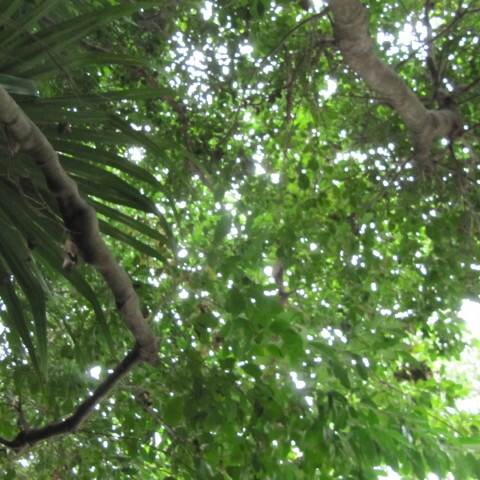Polygamous, large shrubs or trees. Leaves alternate, pinnate, exstipulate; leaf-lets opposite or alternate, usually coriaceous, entire. Panicles large or small, termi-nal or subterminal. Flowers small, regular; calyx 5-lobed, sometimes to the base, imbricate to nearly valvate, the outer 2 smaller; petals imbricate, unguiculate, villous on the margins, with a scalelike appendage on the inside, at anthesis the petals usually spreading, the scale remaining erect; disc annular or cupulate, fleshy, lobed, pilose; stamens 5-8, borne between the disc and the pistil, some-times in apparently 2 series, the outer 5 alternating with the petals, the inner 3 reduced, nearest the pistil, the filaments short or elongate, subulate or filiform, glabrous or villous; ovary sessile, villous, ovoid, 3-carpellate, 3-locular, the stigma 3-lobulate, the ovules solitary, ascending from the base. Fruits baccate, indehis-cent, ovoid or ellipsoid, often 1-celled and 1-seeded by abortion; seed ellipsoid.
More
Understory treelets or medium to large trees. Stipules wanting. Leaves alternate, pinnately compound, with a rudimentary distal leaflet; leaflets opposite or alternate, with entire margins; petiolules usually swollen. Inflorescences axillary, distal or seldom cauliflorous, paniculate or racemiform thyrses, with flowers in lateral, simple or compound dichasia. Flowers actinomorphic, functionally staminate or pistillate (plants dichogamous); sepals 5, connate at base, usually shorter than the petals; petals 5, distinct, erect or reflexed with a simple or bifid petaloid appendage; disc annular; stamens 5-8, the filaments of unequal length, free, villose or glabrous, the anthers basifixed; ovary 3-locular, each locule with a single ovule. Fruits ellipsoid or globose, with leathery to woody pericarp. Seed usually one or less often two or three per fruit, with a fleshy, usually edible testa.

